Green building tech trends that are shaping the construction industry

- SMART BUILDING
- ENERGY MANAGEMENT
- PROPERTIES
The construction industry plays a significant role in environmental degradation, meaning that sustainability and green solutions are fundamental in improving our lives' environmental, economic, and societal aspects. Green buildings present an alternative method to reduce the environmental impact of different construction activities, and emerging software technologies are available to support these methods.
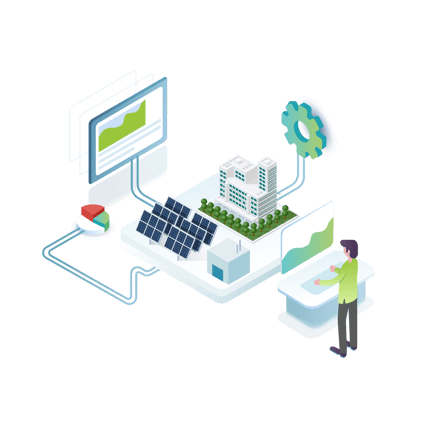 With the increasing awareness of environmental sustainability and its outcomes, the global construction industry is transitioning towards embracing sustainable construction methods and green building practices. Sustainable construction practices are gaining prominence worldwide, from energy-efficient designs and renewable energy integration to resource conservation and improved indoor environmental quality. This transformation reflects a collective commitment to create a more sustainable and resilient built environment for future generations.
With the increasing awareness of environmental sustainability and its outcomes, the global construction industry is transitioning towards embracing sustainable construction methods and green building practices. Sustainable construction practices are gaining prominence worldwide, from energy-efficient designs and renewable energy integration to resource conservation and improved indoor environmental quality. This transformation reflects a collective commitment to create a more sustainable and resilient built environment for future generations.
The demand for creating contemporary structures that blend harmoniously with the environment while yielding cost savings, reducing inefficiencies and waste, minimizing energy usage, and improving human well-being, is propelling this transformation in the construction industry. Recognizing the interconnectedness between sustainable practices and positive outcomes has intensified the drive to adopt construction methods and building practices prioritizing environmental stewardship, resource efficiency, and occupant comfort. This shift reflects a collective effort to balance modern development and preserving our natural surroundings, ultimately creating a more sustainable, efficient, and people-centric built environment.
| |
What is a green building?A green building, alternatively considered sustainable or eco-friendly, is meticulously planned, constructed, operated, and maintained to minimize its environmental impact and optimize resource utilization. The primary objectives of green buildings are to diminish energy consumption, preserve water resources, enhance indoor air quality, and utilize sustainable materials throughout the construction phase. By prioritizing these principles, green buildings strive to foster a healthier and more sustainable environment for occupants, all while minimizing the ecological footprint associated with the structure. |
|
Green buildings employ various strategies to reduce energy consumption, such as insulation, efficient heating, ventilation, air conditioning (HVAC) systems, energy-efficient lighting, and renewable energy sources like solar panels. While sustainable construction practices may require an initial investment, they can result in long-term cost savings if energy-building software are implemented simultaneously to enhance the operation of buildings. These software solutions can lead to reduced maintenance costs, increased building lifespan, and improved market value, providing economic benefits in the long run.
Energy modelling software are practical tools in the design process of green buildings. These software tools allow designers to assess the energy performance of a building at different stages, helping to optimize energy efficiency and inform decision-making. By simulating the energy consumption, thermal behaviour, and daylighting performance of a building, energy modelling software provides insights into its potential energy usage. Design parameters such as building materials, insulation, HVAC systems, and window placements can be compared to identify the most efficient design alternatives. By considering different scenarios, architects and engineers can make informed choices to reduce energy consumption and optimize the building's performance.
Renewable energy software plays a crucial role in evaluating the feasibility and benefits of integrating renewable energy sources into a building's energy system. These software tools assess factors like solar potential, wind patterns, and energy generation capacity to determine renewable energy installations' viability and economic return. By analyzing the building's location and energy demands, designers can identify opportunities for incorporating solar panels, wind turbines, or other renewable energy technologies. This analysis helps optimize the building's energy mix, reduce reliance on traditional energy sources, and promote sustainability.
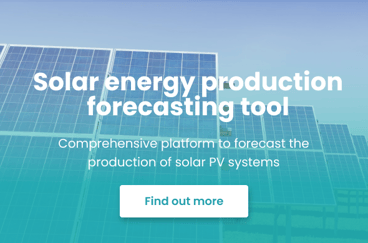
Building automation and controls software enables centralized management and control of various building systems, such as HVAC, lighting, and shading. These software tools optimize the operation of these systems based on factors like occupancy, time of day, and environmental conditions. By integrating sensors, actuators, and control devices, building automation software can regulate temperature, adjust lighting levels, and control shades or blinds accordingly. These automated systems ensure energy efficiency by dynamically responding to changing conditions, reducing energy waste, and enhancing occupant comfort.
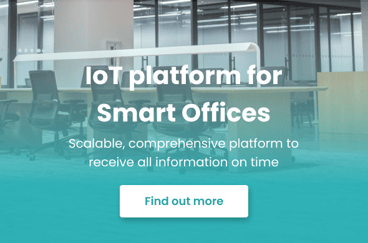
Indoor Environmental Quality (IEQ) monitoring software is essential for maintaining a healthy and comfortable indoor environment. These software tools track and analyze parameters related to indoor air quality, thermal comfort, lighting conditions, and other environmental factors. IEQ monitoring software collects real-time data on temperature, humidity, CO2 levels, lighting levels, and more. This information helps identify potential issues, such as poor air quality or inadequate lighting, allowing prompt corrective measures to be taken. Building operators can continuously monitor and analyse IEQ parameters to ensure occupants' healthy and comfortable environment, promoting well-being and productivity.
| Grape Solutions' Erbor software combines various functions of the listed emerging green building software types to enable smooth and forward-looking ways to increase the efficiency of energy consumption in the building. In our next blog post, we will give you a comprehensive overview of the software, in the meantime, subscribe to our newsletter no to miss it! |
Share this post on social media:
Posts by Tag
- IoT (17)
- Smart cities (16)
- E-mobility (14)
- Energy Management (10)
- Mobility (9)
- Software development (9)
- Marketing automation (6)
- RPA (6)
- Robotic Process Automation (6)
- electric vehicles (6)
- Internet of Things (5)
- IoT solution (5)
- Marketing software (5)
- Smart Building (5)
- Business Intelligence (4)
- Custom applications (4)
- IoT platform (4)
- Uipath (4)
- electric charging (4)
- IoT devices (3)
- Properties (3)
- AI (2)
- BI (2)
- Montu (2)
- Multi-device functionality (2)
- Omnichannel (2)
- RPA Budapest (2)
- Smart city (2)
- UX design (2)
- app development (2)
- artificial intelligence (2)
- crm (2)
- crm software (2)
- electric charging station (2)
- machine learning (2)
- marketing campaign (2)
- optima (2)
- API Testing (1)
- Agriculture (1)
- Automated Testing (1)
- BYOD (1)
- EV (1)
- Energy Communities (1)
- Event insights (1)
- Event report (1)
- Green IoT (1)
- HR (1)
- IT Outsourcing (1)
- ML (1)
- Power BI (1)
- Resource Management (1)
- Smart Home (1)
- Smart Office (1)
- TaaS (1)
- UX/UI Design (1)
- Xamarin (1)
- cloud (1)
- cloud computing (1)
- cross-selling (1)
- data driven marketing (1)
- digital twin (1)
- dynamic customer segmentation (1)
- esg (1)
- inbound marketing (1)
- industry 4.0 (1)
- onprem (1)
- onpremise (1)
- scalability (1)
- software robot (1)
- testing as a service (1)
- upselling (1)
Recent Posts
Read On
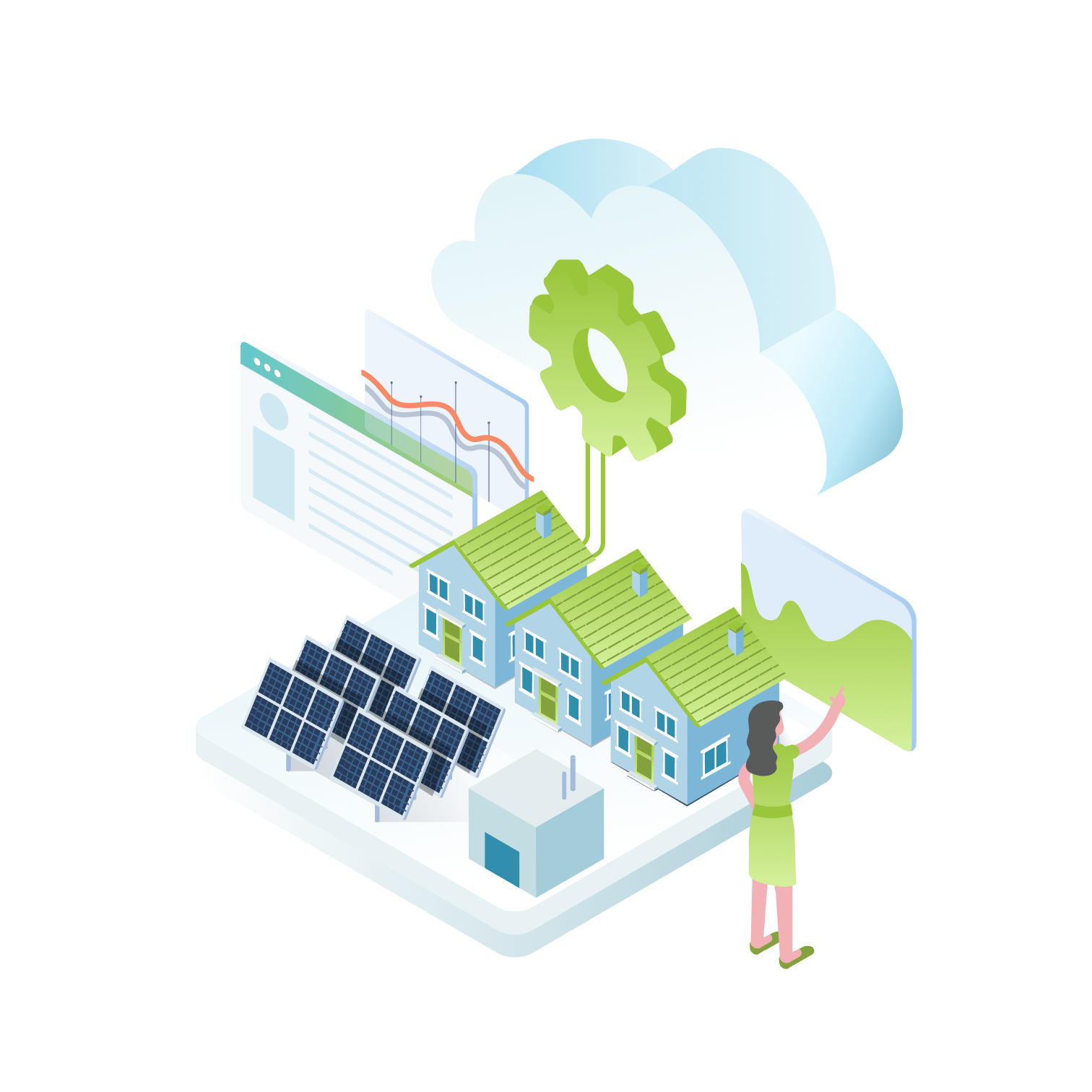
- SMART BUILDING
- ENERGY MANAGEMENT
- PROPERTIES
Energy management software for properties and buildings
Buildings encounter multiple challenges in today's fast-paced world, necessitating cost-effective and creative solutions. With expanding urbanization, increasing energy demand and environmental concerns, buildings must evolve to meet changing requirements while minimizing their resource consumption...
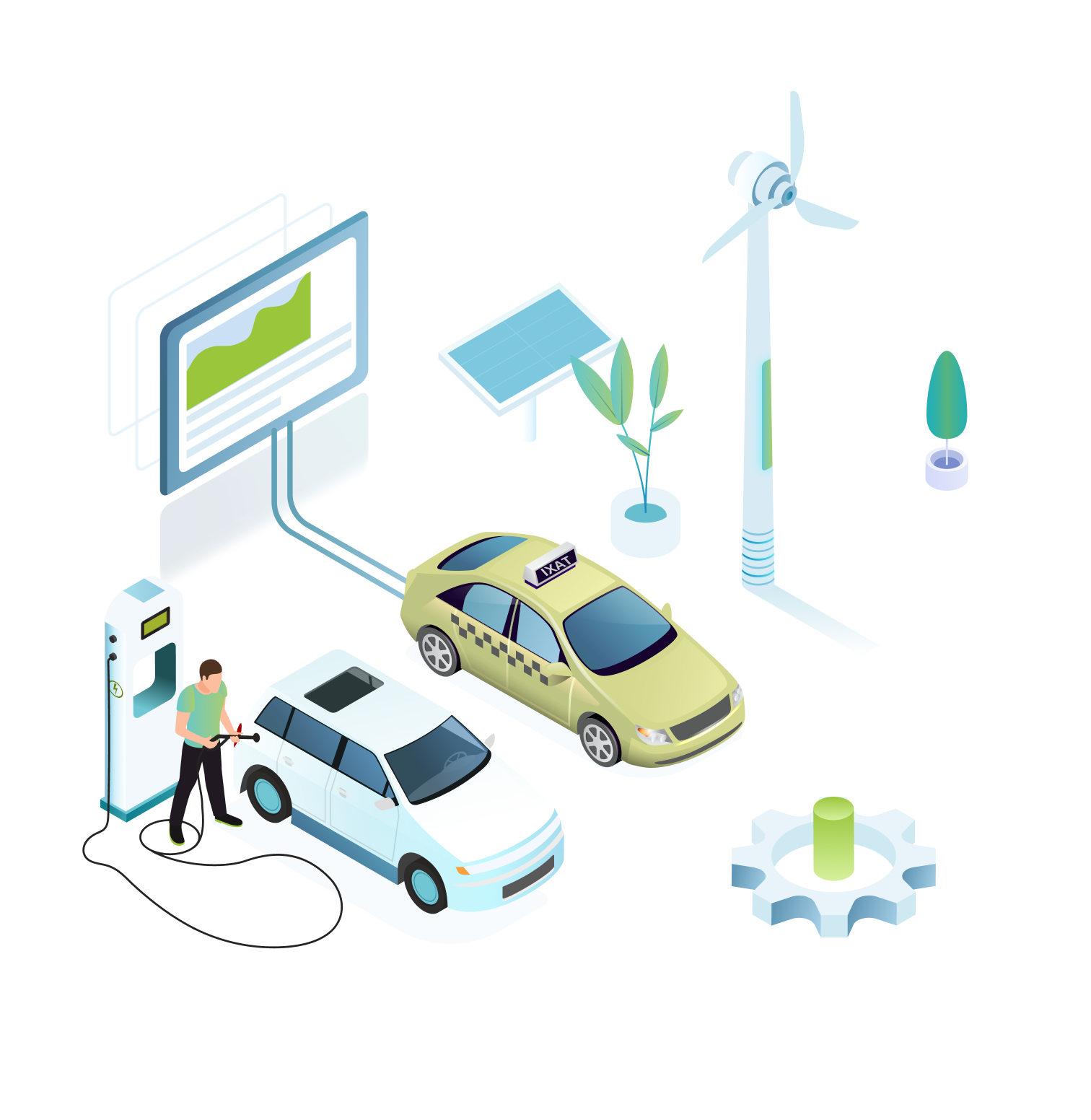
- E-MOBILITY
- MONTU
- ELECTRIC VEHICLES
- ELECTRIC CHARGING STATION
- ELECTRIC CHARGING
Empower your fleet's efficiency with EV charging solutions
As businesses increasingly embrace sustainable practices, electric vehicles (EVs) have emerged as a game-changer for fleet management. With their environmental benefits and increasing availability, EVs are becoming attractive for businesses seeking to optimize their operations while reducing their...
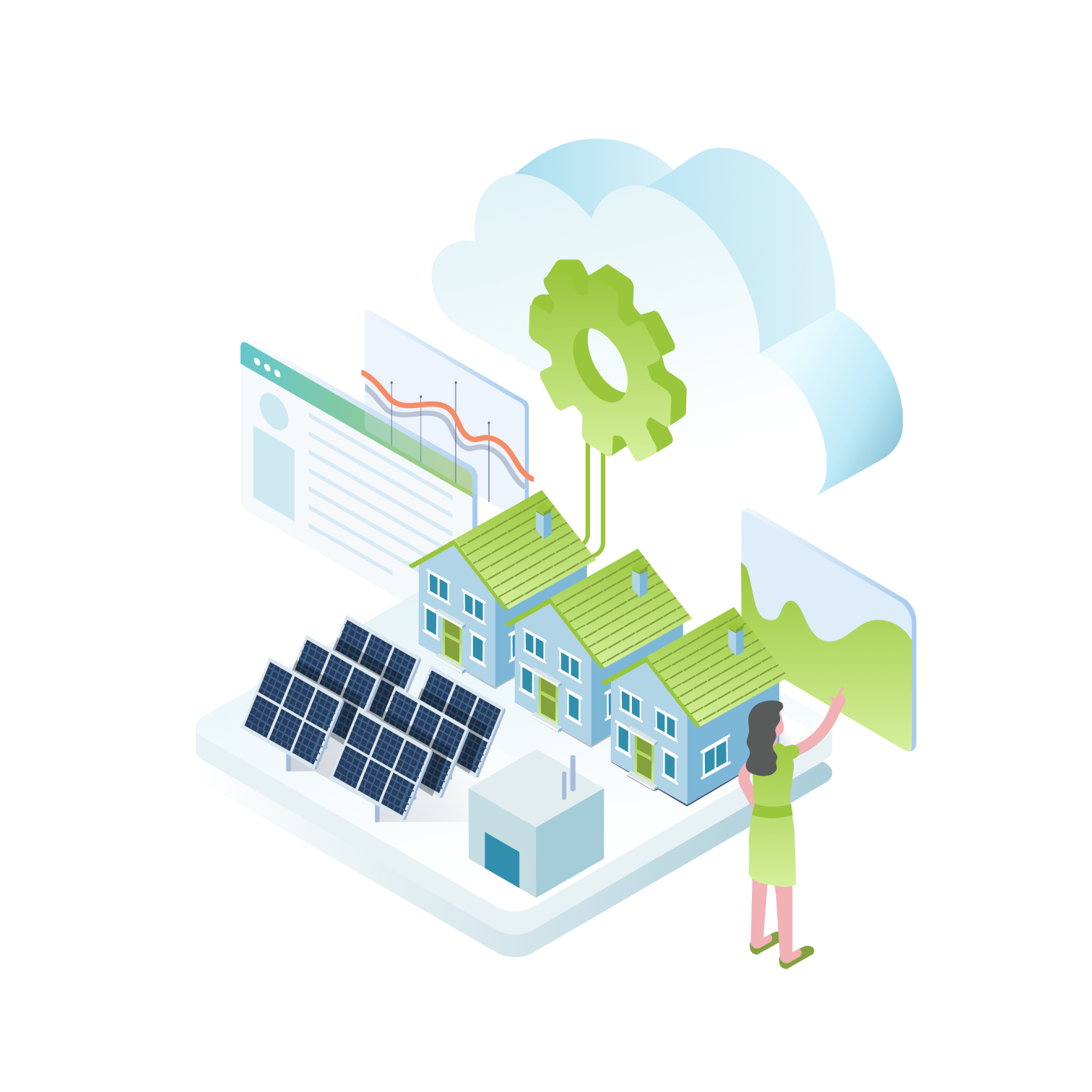
- IOT
- E-MOBILITY
- ENERGY MANAGEMENT
- SMART CITIES
4 ways software solutions can help companies' decarbonization strategies
Decarbonization, the process of reducing or eliminating harmful emissions, has emerged as a central focus in our collective efforts to combat climate change and pave the way for a more sustainable and environmentally friendly future. Software solutions play a crucial role in supporting companies'...



